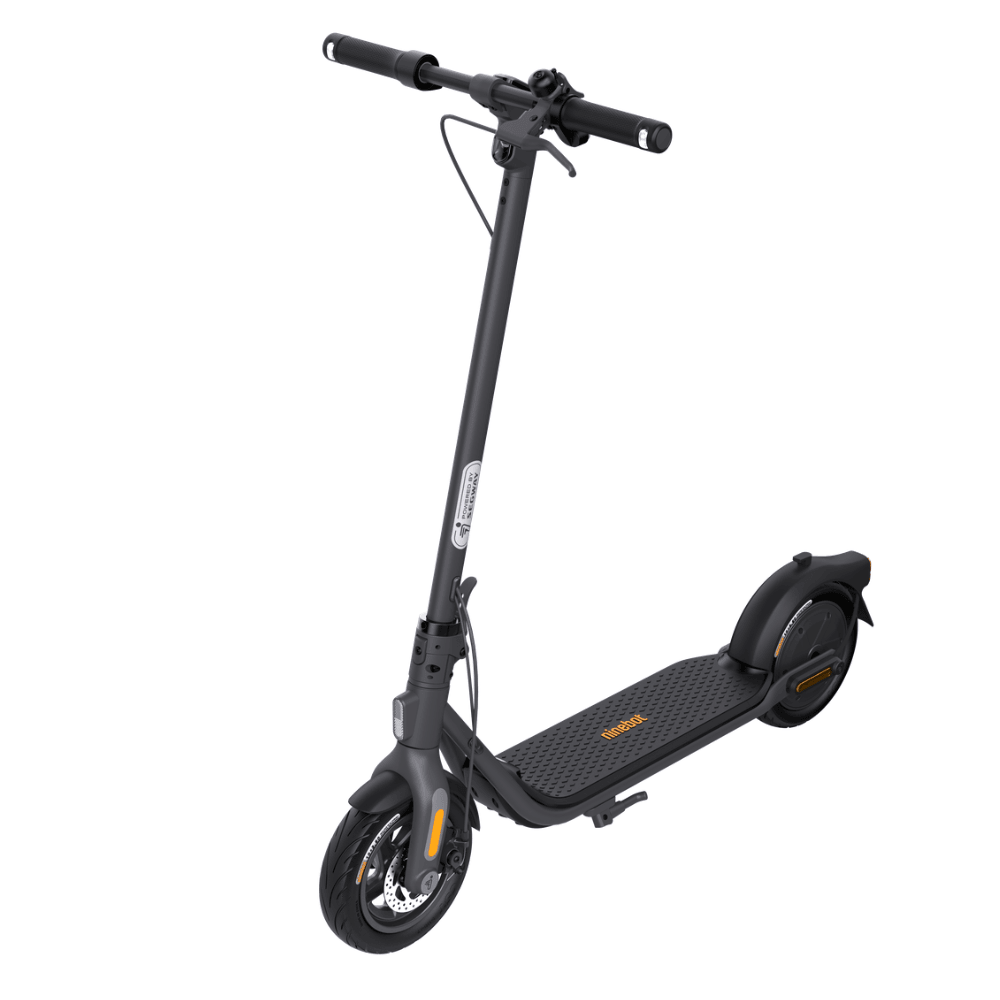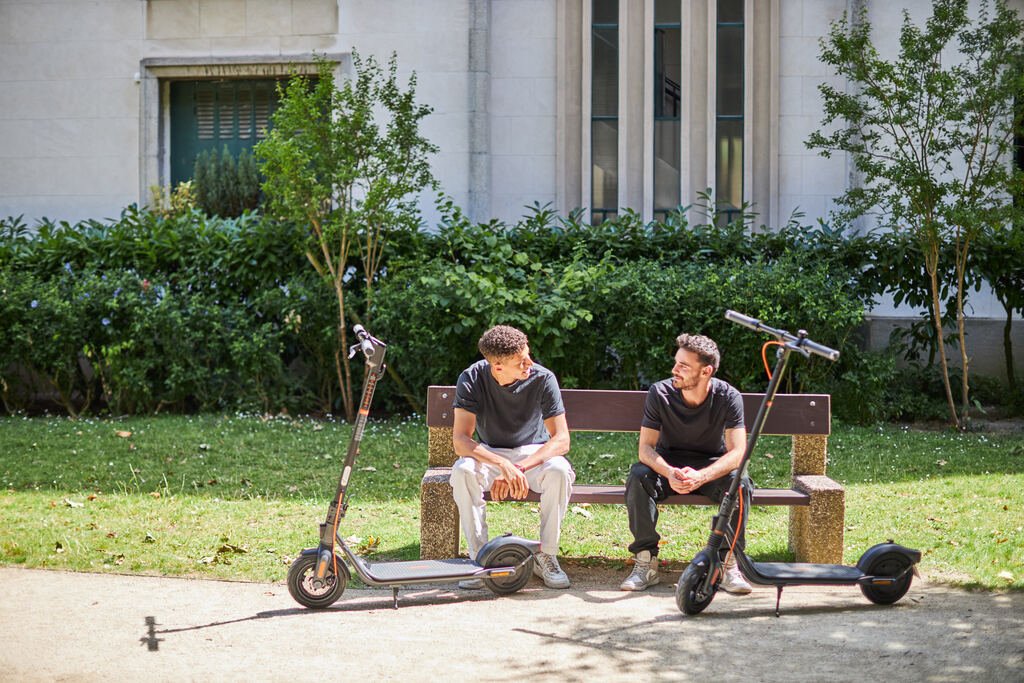Fast, light, economical, the electric scooter has won the hearts of thousands of users around the world. When you go on vacation, the temptation is therefore great to take it with you.
The problem ? Electric scooters and planes do not mix well , and traveling by plane with an electric scooter is very complicated… if not impossible in most cases.
First of all, don't forget your visa application.
Before going on vacation (with or without a scooter), remember that it is important to find out about the mandatory travel documents . The official website of the Ministry of Foreign Affairs provides all the necessary information.
However, to travel outside the countries of the European Union, it is often necessary to obtain a visa, paper or electronic, such as ESTA or AVE.
demandevisa.fr provides you with a very comprehensive list of frequently asked questions and allows you to carry out these various procedures online.
Via a digital application form, you can complete your ESTA application for the United States , for example, or even the AVE, the Canadian electronic travel authorization, with complete peace of mind.
They can also handle your request for the following countries: India, Vietnam, Egypt, Australia, Cambodia, Sri Lanka, Kenya, Burma, New Zealand, Oman, Tanzania, and Cuba.
Unfortunately, there is no scooter visa , and it's not that easy to get permission to travel by plane with an electric scooter.
Why is it so difficult to travel by plane with an electric scooter?
An electric scooter is considered a dangerous article
Dangerous article, the scooter? It may seem strange, but the answer lies in the dangerousness of one of its main components: the lithium battery .
There are two categories of lithium batteries. Primary lithium batteries (also called lithium metal), non-rechargeable, and secondary lithium batteries, or lithium-ion . Rechargeable, these are present in most of the electrical and electronic devices of our daily life: computers, telephones, tablets, and scooters...
Why do lithium batteries scare airlines?
The fears of the airlines are explained by the dangerousness of the batteries and their components, described as " highly flammable ". If the battery is damaged or defective, it can overheat, causing a chain reaction that can lead to a fire. They can also cause a short circuit and a power failure.
For all these reasons, airlines take a very dim view of transporting electric scooters by plane. The consequences of an uncontrolled fire or power outage in mid-flight could be disastrous.

What regulations for transporting an electric scooter by plane?
What the official texts say
Electric scooters are considered PEDs (Portable Electronic Devices), or portable devices equipped with batteries. They are therefore classified, as we have seen, in the category of dangerous articles, or dangerous goods .
The International Air Transport Association, IATA , has defined three scenarios. The key figure? The capacity of your battery's accumulator, expressed in Watts/hour (WH).
Here are the three scenarios, applicable for transport in the hold AND transport in the cabin:
- If the capacity of your battery is less than 100 WH , transport by plane is authorized , without prior authorization from the airline.
- Between 100 and 160 WH , transport is theoretically authorized, but prior authorization from the airline is mandatory.
- Above 160 WH , air transport is not permitted .
It is important to emphasize that these recommendations are shared by other reference organizations , such as the FAA, the American civil aviation authority, and the EASA, the aeronautical authority of the European Union.
De facto, an almost total ban on planes
What this means in practice is that it is very difficult, if not impossible, to transport your electric scooter on a plane . Already, because almost all of the adult models available on the market are equipped with batteries whose capacity greatly exceeds 160 WH.
The other problem is that airlines, like Air France KLM for example, tend to apply a tolerance close to zero when the subject of electric scooters is put on the table. Most permissions, when the model is between 100 and 160 WH, are denied.

What solutions?
LiFePO4 batteries
While lithium-ion batteries remain the most widespread, some manufacturers now equip their models with another type of battery: LiFePO4 batteries . More expensive, the latter are considered less dangerous by the airlines, because they support a possible overload more effectively and do not contain any chemical substance likely to cause a short circuit. However, prior authorization is required (and often refused).
Make them travel apart
Impossible to transport your electric scooter by plane? Have it sent to the site by a freight carrier, such as Fedex, DHL or UPS . The regulations concerning the transport of batteries for these carriers are indeed much more flexible, and with average packaging in the rules of the art, it would be possible to send an electric scooter to your resort.
The inconvenients ? This involves having a destination address to receive the scooter, or planning the time to travel to the storage warehouse to find the package. Shipping costs can also be very high.
Use another means of transport
Bringing an electric scooter on a plane remains complicated, if not impossible. Why not consider using another mode of transportation ? It may seem silly, but we often tend to jump on the first plane that comes along, even though there are other solutions, such as the train or the bus, which make it possible to connect relatively close destinations quickly and economically.
Rent an electric scooter on site
The electric scooter market is booming. Most major cities around the world now offer an electric locomotion offer: scooters, scooters, unicycles... Why not rent your scooter on the spot and thus save yourself the complications of air transport?
Conclusion
Let's be honest, the regulations regarding the transport of electric scooters by plane are not about to change. Neither is the reluctance of the airlines. To the chagrin of the passionate users that we are.
So why not consider other solutions? Rent an electric scooter at our destination for example?



